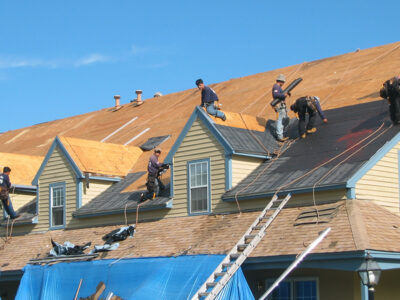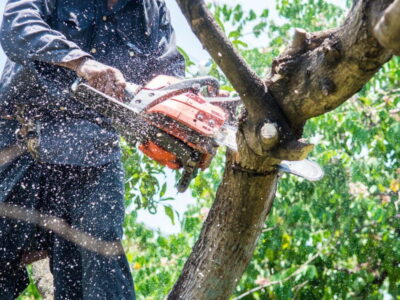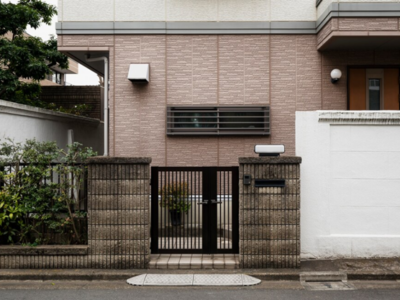Sydney encompasses more than the Opera House and the Harbour Bridge; it also includes the houses and dwellings of its citizens, both past and present. For thousands of years, the Sydney region has served as a home for humans – from its Aboriginal residents’ more or less makeshift huts to swanky serviced apartments and the twenty-first century’s modern high-rise steel and glass towers.
Because of its insulating properties, strength, sound absorption, affordability, and fire resistance, asbestos was widely employed as a building material in the region during the twentieth century. But due to its harmful properties, Asbestos removal in Sydney homes has become very important.
What Is Asbestos?
It is a naturally occurring mineral that is made up of soft, flexible fibers that are heat, electrical, and corrosion-resistant. These properties make asbestos valuable, but they also make asbestos exposure extremely dangerous. Asbestos fibers lodged in the body can cause inflammation, scarring, and genetic damage over time. Asbestos exposure is virtually always the cause of Mesothelioma, a rare and aggressive disease. Other types of cancer, as well as progressive lung illness, are also caused by asbestos.
Dangerous Health Effects Of Asbestos
Because asbestos fibers are so challenging to disintegrate, the body cannot break them down or eliminate them once they have become lodged in lung or body tissues. They remain in an environment where they can spread disease.
Asbestosis
Asbestosis is a dangerous, non-cancerous, chronic respiratory condition. Asbestos fibers, when inhaled, irritate lung tissues, causing scarring. A dry sound in the lungs while inhaling and shortness of breath are signs of asbestosis. The condition can also cause heart failure in some patients.
Asbestosis has no effective treatment; the disease is usually deadly or debilitating. Depending on the exposure and precautions taken, those who remodel or demolish buildings containing asbestos may be at serious risk.
Lung Cancer
Lung cancer is the most common cancer linked to asbestos exposure. People directly involved in the mining, milling, production, and use of asbestos and its products have a substantially increased risk of lung cancer than the general population. Coughing and a change in breathing are the most typical symptoms of lung cancer. Shortness of breath, chronic chest aches, hoarseness, and anemia are some of the other symptoms.
People exposed to asbestos and other contaminants, such as cigarette smoke, have a considerably higher risk of lung cancer than others. According to one study, asbestos workers who smoke are 90 times more likely to acquire lung cancer than persons who do not smoke or have been exposed to asbestos.
Mesothelioma
It is a rare type of cancer that affects the lungs, chest, abdomen, and heart’s thin membrane lining. Asbestos exposure connects to nearly every occurrence of Mesothelioma. People who work in mines and factories, mills, and asbestos insulation manufacturers and installers are at an elevated risk of developing Mesothelioma. People who reside near asbestos workers, asbestos mining areas, or asbestos product industries are also at risk.
Conclusion
Whether you intend to renovate an older home or are concerned about the safety of your current home, you should consider asbestos testing. A company providing Asbestos removal in Sydney can assist you in identifying and treating any asbestos-contaminated portions of your property. If your home has asbestos, you should have it removed as soon as possible to protect your family’s health.












Comments